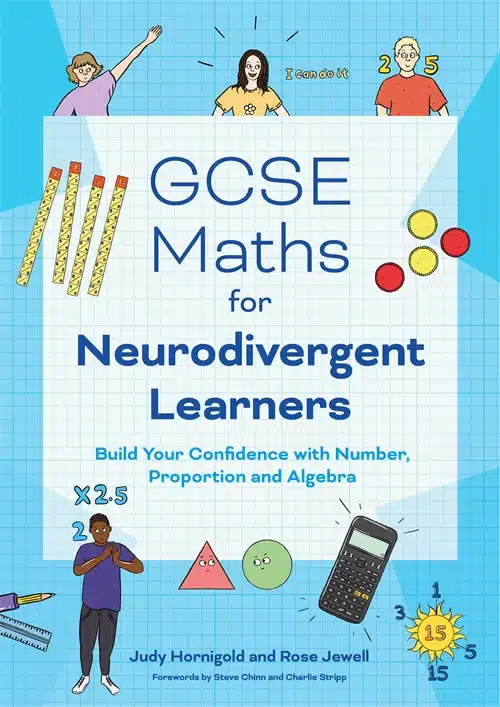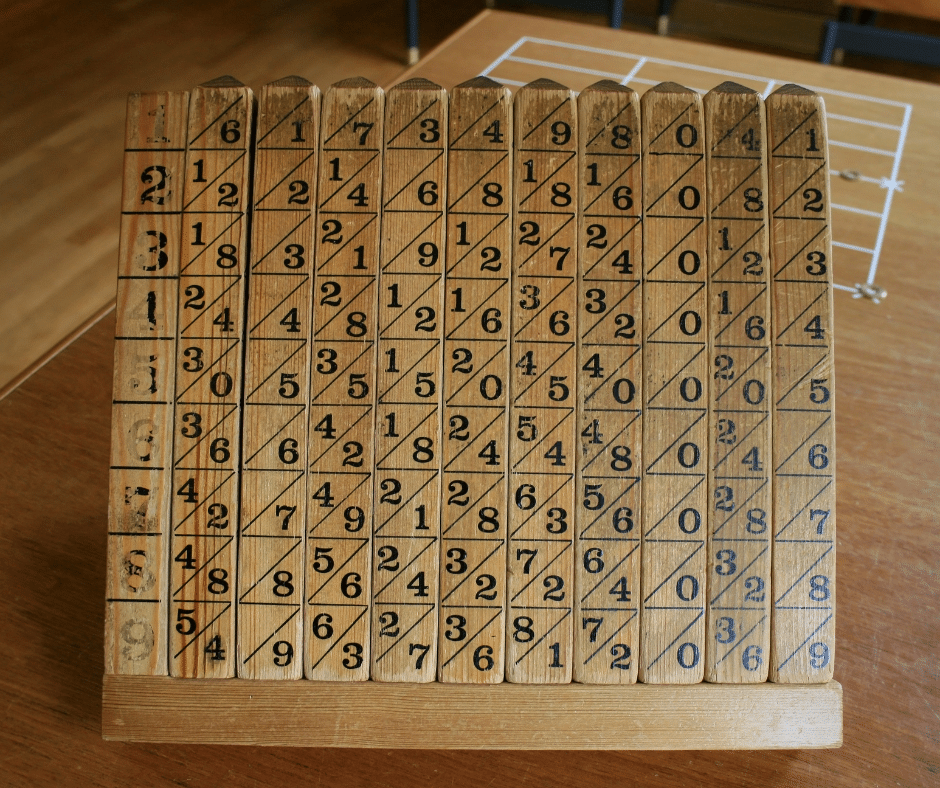GCSE Maths for Neurodivergent Learners
Review completed by SENsible SENCO
Published by Jessica Kingsley Publishers
When it comes to acquiring mathematical knowledge, certain adjustments are required for neurodiverse students. The conventional approaches to education are ineffective for many people, which may result in feelings of exasperation and inadequate performance on the part of the student. The author of this book has collated the strategies for teaching that are particularly suited to the needs of neurodiverse students, and they have presented it in this volume.
Students are given a better chance of grasping the material that is being presented thanks to the use of visual aids and activities that require them to use multi-sensory approaches. Lessons are highly interactive, which ensures that students are actively involved throughout the whole process of learning. Students will be able to put their newly acquired knowledge to the test with the book’s plenty of practise problems.
In general, I felt this was a great book for those with neurodiverse learning styles. The way in which the material is presented is quite efficient, and the practise questions are of great assistance. Any anybody who is having difficulty with mathematics should absolutely consider reading this book.

The book is divided into three sections.
Section 1.
Interesting and varied in its effects on human emotion, behaviour, thought, and learning, neurodiversity is a fascinating and multifaceted aspect of human diversity. The primary goal of this introduction is to define the range of neurodiversities that this book is intended to serve. In addition to covering the more obvious specific learning challenges, it also delves into topics such as growth mindsets, learning styles, and metacognition.
Due to its intended purpose (as a GCSE replacement text), this book is written specifically with its target audience in mind: students. You should think about the fact that some students might not like reading about themselves in this style or might not be able to read it at all. I tried using my reading pen on the dyslexia page, but the boxes were too small.
Section 2.
This section is the meat and potatoes of the whole book. There are 14 chapters dedicated to various mathematical topics. It’s intriguing that the focus is on the numerical side of things rather than on more abstract concepts like probability or shape and space.
Taking the first chapter, on multiplication and division, we are introduced to Napier’s bones. I actually enjoy teaching and using Napier’s bones with Key Stages 2 and 3, so I was delighted to see them used here…the problem is, sitting in a GCSE exam, it isn’t one of the allowable items of equipment you can put in your clear plastic pencil case. Nor are they incredibly helpful when in the supermarket. I was hoping to find some exam advice on adapting the use of Napier’s bones or perhaps something I hadn’t thought of other than scribbling out my timestables on a piece of squared paper and surreptitiously folding it over. Sadly, the book didn’t go that far, and after some worked examples and plenty of practice questions (answers in the back of the book), we moved onto Chapter 2; place value and decimals.
I could get on board with this chapter, the grid method is common, easily used wherever I am (even if my hand drawn grids look a little tipsy) and quite simply, simple.
I won’t go into the detail of every chapter – but there were some I liked and some where I felt they were great for teaching but of little use in life or in the GCSE exams which they were being written for.

I teach a L3 Teaching Assistant Apprenticeship Program and all my TAs have to pass level 2 functional skills in Maths and English before the end of the program (or have a suitable alternative qualification.). One of my TAs is neurodivergent and is struggling with the functional skills maths. I saw a meme not so long ago that perfectly captures her view on arithmetic.
Lesson: 3+2
Homework: 3+2+1+7
Exam: Fred flies an aeroplane at 30,000 feet for 150 miles, whilst eating 4 canteloupe melons. He is transporting seventeen elephants to his Uncle Derek. He departed at 5 am. How much does Aunt Nellie weigh?
Since she has trouble with decimals, fractions, and percentages, I had my TA read through that section of the book. The chapter was a big hit with her. The layout of the page, along with the worked examples and explanations, helped her make sense and comprehend a topic that she had previously found incomprehensible.
Further chapters of the book focus on factors and primes, directed numbers, indices, ratio and proportion, algebra, equations and inequalities, and even quadratics.
Part 3
Exam preparation tips, a concise glossary, and a collection of photocopiable materials are included in the book’s last chapter.
Conclusion
I think this was a fantastic book aimed at those with neurodiverse learning styles. Well-organized information and useful practise challenges. Potentially more useful for teachers (and parents) looking for ways to teach, than for the students themselves.








